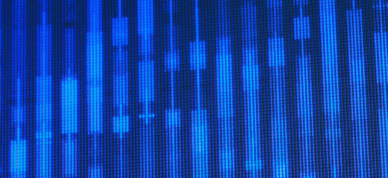This past year’s publication of the National Cross Domain Strategy and Management Office (NCDSMO) “Raise the Bar” (RTB) mandate is causing a positive transformation of the cross domain solution (CDS) market. However, like any increase in government regulation on an industry, there will be some impacts to customers that will be seen in cost, performance, and operational procedures, as well as the loss of some vendor participation in the CDS market.
The RTB mandate’s focus on improving the security of CDS data flow and content filtering controls has produced new, more complex CDS architectures. The overall result in these architectures is much more rigorous processes and greater assurance for system and data owners concerning the protection of their mission and enterprise dataflows that are transferring content.
One aspect of the increased assurance is the recognition that hardware-enforced one-way transfer mechanisms are an essential component for system and data owners that need cross domain transfer of information with either the source or destination being a less trusted (e.g., Unclassified, High Threat, Internet) network.
Hardware-enforced one-way transfer mechanisms, a core component in every Owl solution, prevent any and all aspects of back channel communications originating from any of those less trusted networks. System and data owners must employ hardware-enforced one-way transfer mechanisms for any touchpoint that they deem has any substantive degree of risk to ensure their infrastructures are protected from unauthorized connectivity. As such, during the transition to bring all of Owl CDSs to RTB compliance, Owl will continue to provide customers with hardware-enforced data diode one-way transfer devices to ensure the continued protection of government assets and national security.
For more information on Owl hardware-enforced one-way transfer mechanisms and systems, please visit our Cross Domain Solutions Products page.




